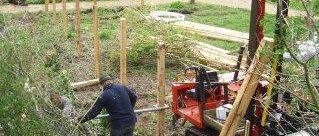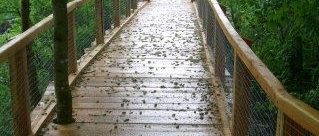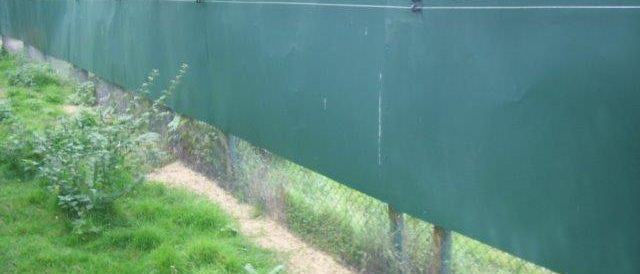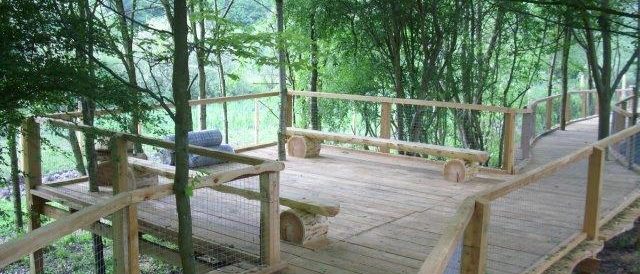Captive Red Squirrels
An important aspect of red squirrel conservation is keeping them in captivity so that:
1. There is controlled breeding to provide a good population of animals for release programs or distribution to other captive populations and
2. More people are able to see our delightful, iconic native red squirrel.
To find out where you can see red squirrels either in the wild or in captivity, go to the Activity Map.
Please be aware that even captive red squirrels need to be in a grey-free environment to avoid the introduction of disease. They should be surrounded by an extensive grey-free buffer zone with strategic grey control throughout the locality.
Please read Captive Red Squirrel Management Guidelines for more information.
Red Squirrel Enclosures
Enclosures have an important role to play in red squirrel conservation to show the animals in their natural environment without the constraints of wire either roofing them in or separating them from the public.
If grey control is successful in areas devoid of reds, then there will be some years of void, with no squirrels, before it is safe to reintroduce reds. The public will be reassured of future red populations if regional demonstration safe havens are provided. These have the added benefit to a rural community of generating eco tourism in the area.
Large enclosures provide no control over parentage and inbreeding so separate cages should be constructed for controlled breeding programs.
For help and advice with a custom project designed for your specific needs, please contact us
Captive Breeding Program and Stud Book in Wales
The British and Irish Association of Zoos and Aquariums (BIAZA) is the professional body representing zoos and aquariums in the UK and Ireland. Captive red squirrels are managed in a BIAZA stud book by the Zoological Society of Wales. For more information click here. Please see the Welsh Mountain Zoo Captive Red Squirrel Management Guidelines.



